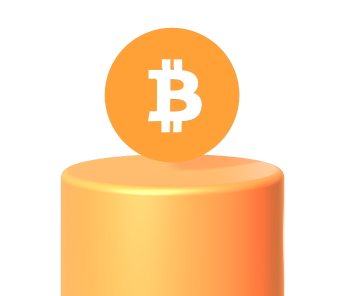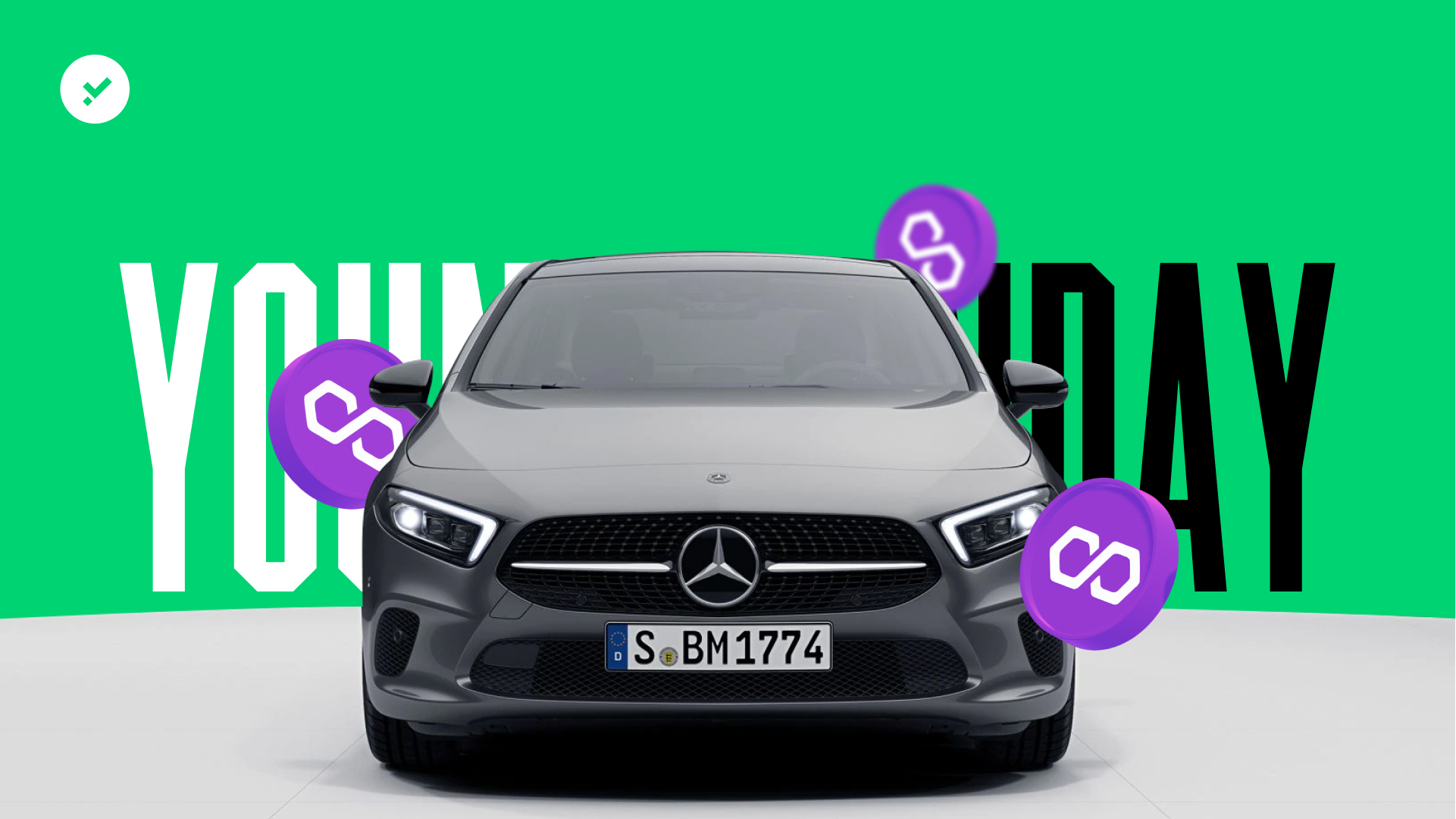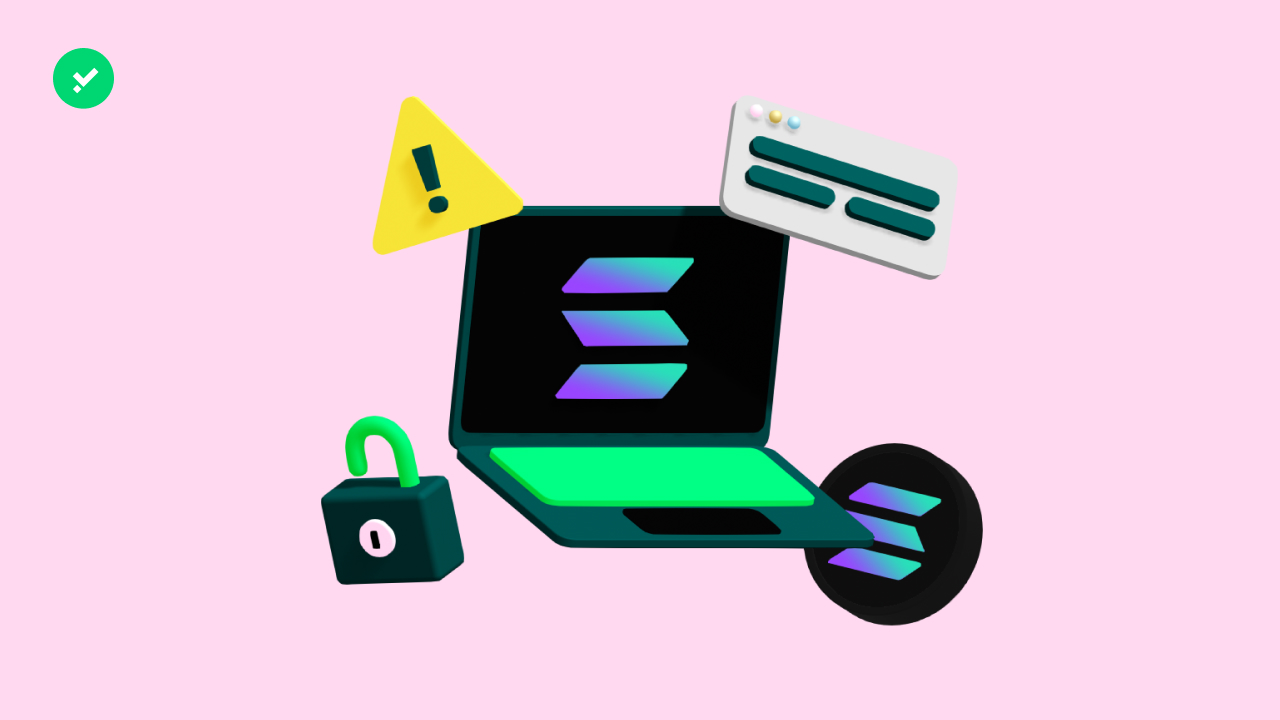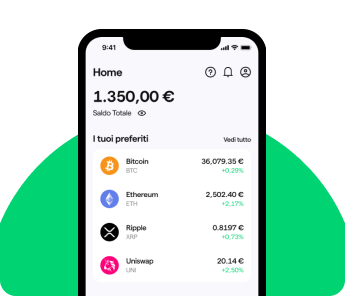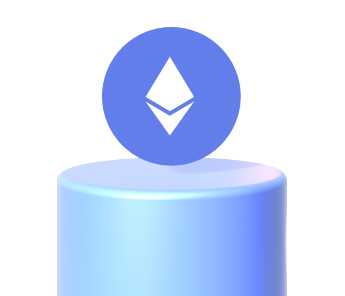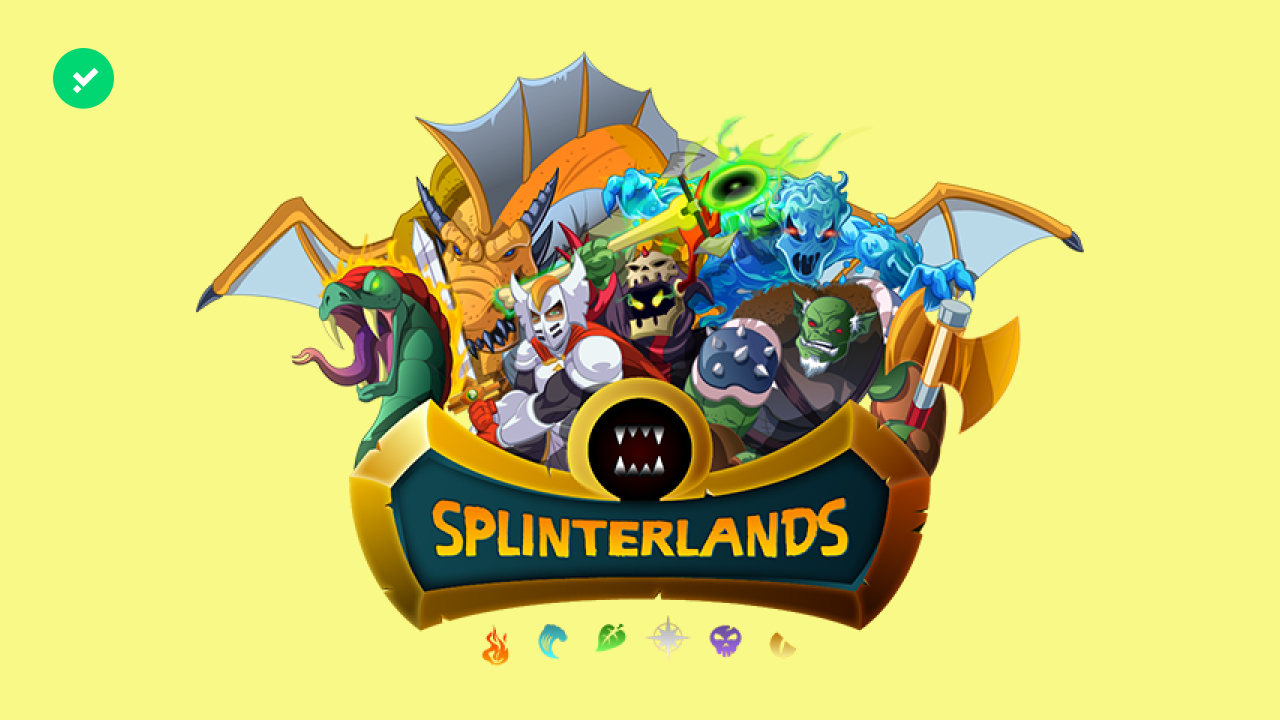The Graph announces the abandonment of centralised hosting services, and prepares to decentralise all its operations
The Graph is one of the most innovative and interesting protocols of the entire Web3 world and is used for indexing blockchain data. The Graph is nicknamed ‘the Google of the blockchain’ because it actually performs more or less the same task as the search engine does for the traditional Web, i.e. it indexes the data on the blockchain, making the process of extracting it easier and faster. In this way, it allows Dapps to find the data they need very quickly. The protocol is officially abandoning its centralised hosting service and moving entirely to The Graph’s decentralised network.
The current situation of The Graph
The Graph’s ecosystem revolves around the relationship between the developers of subgraphs and those who use the data. The former describe how the data is organised, the latter are for example app developers, who are willing to pay to query the data contained in the subgraphs. This data is, for example, the transaction information written within the blockchain as transaction data. Initially, a centralised hosting service, run by Edge & Node, the team behind The Graph, was created to make The Graph’s network work. To date, this hosting service hosts more than 24,000 subgraphs that will gradually be transferred to the decentralised mainnet. The move to the decentralised mainnet is taking place gradually. The first subgraph was launched on this net in the first quarter of 2021, and as of the 30th of June 2022, the number of active subgraphs was 392.
The complete migration to the mainnet and its phases
The migration of all functionalities to the main net of The Graph is expected to be completed in the first quarter of 2023. At that point, the centralised hosting service will be completely disabled and it will only be possible to access the data on the subgraphs in a decentralised manner. But let us see through which steps this will take place specifically:
- During the first phase, which already started at the beginning of the third quarter of 2022, the development of new subgraphs on the centralised hosting service ceased. It is still possible to update the remaining subgraphs on the hosting service but not to build new ones. We are currently in this phase;
- In the second phase, all updates to the subgraphs are to be made via Subgraph Studio, an isolated and secure development environment created specifically for testing subgraphs. Once tested, they are to be published on the decentralised network. It will then no longer be possible to update subgraphs on the centralised host service;
- In the third and final phase, the subgraphs located on the centralised hosting service will be completely removed. This should take place by the first quarter of 2023 and will be taken care of by the engineers and developers of The Graph’s official team.
The decentralisation of the entire infrastructure will allow those using the service offered by The Graph’s ecosystem to build fully decentralised dapps.
Collaboration with Silicon Kruger and Good Work foundation
One of The Graph’s latest projects was developed through a collaboration with Silicon Kruger, an innovation centre set up to facilitate access to the Web3 for developing countries on the African continent. Silicon Kruger and The Graph have developed the first indexer for African dapps called Index Africa. The indexer aggregates dapp data and retains a portion of the rewards generated by its node, which are then allocated to a funding programme for students in rural Africa. This is made possible by Index Africa’s non-profit partner, the Good Work Foundation, a South African organisation that has been providing access to education for young African students since 2005.
Will developers be able to complete the migration in the allotted time? And will The Graph’s network attract applications that aspire to be fully decentralised? Follow us so you don’t miss the next updates!





